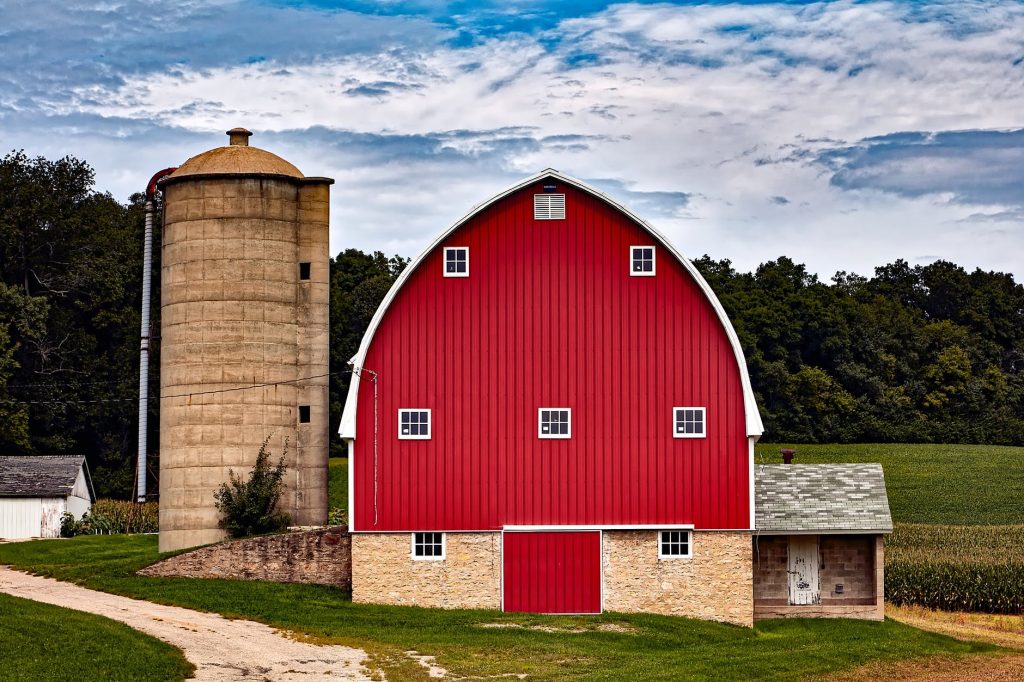One of the many problems the agriculture industry has faced as a result of the COVID-19 pandemic is the temporary closing of slaughtering facilities. The temporary closures have had impacts all along the meat production chain. Both hog and poultry farmers in have grappled with the challenge of what to do with animals that are unable to be processed as a result of the facility closures. The closures have led to back-ups on farms as livestock are unable to be processed in a timely fashion, which has forced some farmers to depopulate herds and flocks. This can prove to be a daunting task as farmers navigate federal, state, and local laws, as well as economic and environmental concerns. However, farmers are not alone in this endeavor. Assistance is available to producers who are facing depopulation concerns, both from the government and from private groups that are working to coordinate response efforts.
EQIP and Emergency Animal Mortality Management
The Natural Resources Conservation Service (“NRCS”), which is a part of the United States Department of Agriculture (“USDA”) is offering financial assistance to swine, livestock, and poultry producers for animal mortality disposal that has occurred as a result of the COVID-19 pandemic. That assistance is being offered through the Environmental Quality Incentives Program (“EQIP”). Through the Animal Mortality Management practice of EQIP, NRCS helps farmers plan for and cover part of the cost of livestock disposal.
EQIP is a program administered by NRCS to provide financial and technical assistance to farmers and ranchers plan and implement conservation practices on agricultural land. Generally, those conservation practices are aimed at improving soil health, water and air quality, and wildlife habitat. However, EQIP contains certain emergency practices, including the Animal Mortality Management practice. The practice is defined as a method for the management of animal carcasses that are the result of a catastrophic mortality event. Its purpose is to reduce the impacts to surface and groundwater, reduce the impacts of odors, and decrease the spread of pathogens.
For the COVID-19 pandemic, the Animal Mortality Management practice is offering financial assistance to hog farmers for burial, carcass disposal other than burial, incineration, and disposal at landfill or render. For livestock and poultry farmers, financial assistance is being offered for disposal at landfill or render, composting, shallow burial of hooved animals, incineration, and other forms of disposal.The amount of financial assistance available is set either per pound or per animal unit depending on the method of disposal used. Additionally, the Animal Mortality Management project will help farmers navigate local, state, and federal laws while disposing carcasses.
Applications for the Animal Mortality Management practice can be made through local NRCS field offices. Applicants will need to submit an application for the EQIP Program as well as an Early Start Waiver prior to disposal of animal carcasses. Additionally, producers must have farm records established with the Farm Service Agency to be eligible for the funding.
DOJ Permits NPPC to Coordinate with USDA
Along with assistance provided by NRCS, the Department of Justice (“DOJ”) has granted the National Pork Producers Council (“NPPC”) permission to work with the USDA to coordinate efforts to humanely depopulate swine herds. Working under the supervision of the USDA, the NPPC will serve as a clearinghouse of information for farmers on euthanasia and disposal. Because the DOJ has approved the NPPC’s proposal to work with USDA, the NPPC will not face antitrust violations for helping farmers coordinate hog depopulation. So long as the NPPC continues to work with USDA to provide information on best practices for depopulation while avoiding sharing competitively sensitive information, DOJ will permit the group’s conduct.
According to the NPPC, providing a coordinated approach will be necessary to ensure compliance with both legal and ethical compliance, while preventing too many hogs from being euthanized. The goals of the NPPC are to maximize the number of hogs that are processed into food, while minimizing the number that need to be depopulated.
To achieve these goals, NPPC will work with USDA, state, and local governments to assist hog producers with depopulation efforts. USDA will work directly with farmers to facilitate the depopulation, while any coordination among farmers to implement USDA policies will happen under the supervision of USDA. Additionally, the NPPC has also proposed to help federal and state agencies with their initiatives addressing logistical, economic, ethical, and environmental challenges presented by the closure of pork processing facilities.
At the State Level
Some states have started programs aimed at helping producers cover costs of depopulation. For example, the Iowa Department of Agriculture and Land Stewardship has launched a disposal assistance program for hog farmers who have had to depopulate their herds. The Iowa program is offering financial assistance per animal unit, and has certain requirements for eligibility including proof of proper disposal, animal weight, and an affidavit from the herd veterinarian.
To learn more about EQIP, click here.
To find your local NRCS office, click here.
To learn more about the Animal Mortality Management practice, click here.
For more information about hog producers and the Animal Mortality Management practice, click here.
For more information about poultry and livestock producers and the Animal Mortality Management practice, click here.
For forms and more information on how to apply for the Animal Mortality Management practice, click here.
To access the FSA, click here.
To read NPPC’s letter to DOJ requesting permission to coordinate with USDA, click here.
To read DOJ’s response, click here.
